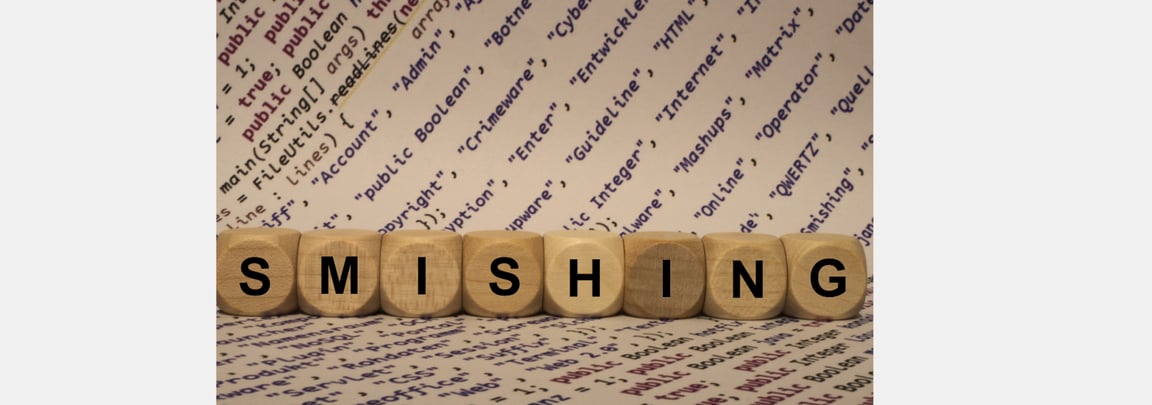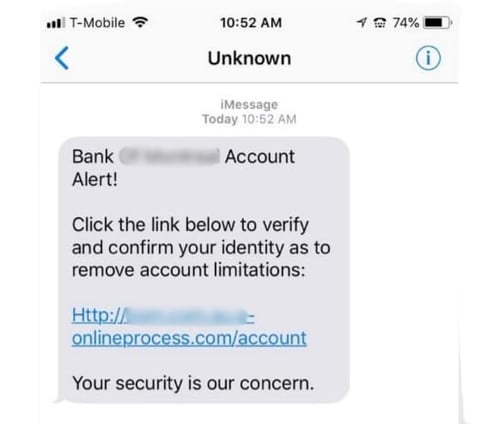Smishing: The Rising Threat in Cyber Attacks
In the ever-evolving landscape of cyber threats, attackers continually devise new methods to exploit unsuspecting victims. One such method that has gained significant traction is smishing. Short for "SMS phishing," smishing involves using text messages to deceive individuals into divulging sensitive information or performing actions that compromise their security. This blog delves into the mechanics of smishing, its implications, and how to protect against it.
CYBER ATTACK
6/2/20242 min read


What is Smishing?
Smishing is a form of social engineering attack that uses SMS messages to lure victims into providing confidential information or clicking on malicious links. These messages often appear to come from legitimate sources, such as banks, government agencies, or well-known companies, making them particularly deceptive.
How Smishing Works
The Bait: The attacker sends a text message to the target, pretending to be from a trusted entity. The message typically contains urgent or enticing content, such as account alerts, prize notifications, or urgent security updates.
The Hook: The message includes a link or a phone number. The link directs the victim to a phishing website designed to steal personal information, or the phone number connects them to a scammer.
The Exploit: If the victim follows the instructions, they might enter sensitive information, such as login credentials, credit card numbers, or personal identification information, into a fraudulent website. Alternatively, they might unknowingly download malware onto their device.
Real-World Examples of Smishing
Banking Alerts: Victims receive messages claiming to be from their bank, warning them of suspicious activity on their account. The message instructs them to click a link to verify their account details.
Package Delivery Scams: Messages purporting to be from courier services inform victims of a pending package delivery and prompt them to click a link for more details.
Government Impersonation: Fraudsters send messages claiming to be from government agencies, such as tax authorities, asking recipients to verify their identity by clicking a link or calling a number.
The Implications of Smishing
Smishing can have severe consequences for both individuals and organizations:
Financial Loss: Victims may suffer direct financial loss if they disclose banking information or credit card details.
Identity Theft: Personal information harvested through smishing can be used for identity theft, leading to long-term repercussions for the victim.
Data Breach: Organizations can suffer data breaches if employees fall for smishing attacks, potentially exposing sensitive company information.
Malware Infections: Clicking on malicious links can result in malware infections, compromising the security of the victim's device and network.
Protecting Against Smishing
For Individuals
Be Skeptical of Unsolicited Messages: Be cautious of unexpected messages, especially those asking for personal information or containing links.
Verify the Source: Contact the organization directly using known contact information to verify the authenticity of the message.
Avoid Clicking Links: Refrain from clicking on links in unsolicited messages. Instead, navigate to the official website manually.
Use Security Software: Install and maintain up-to-date security software on your devices to detect and block malicious content.
For Organizations
Employee Training: Educate employees about the dangers of smishing and how to recognize suspicious messages.
Implement Security Policies: Establish policies for handling unsolicited messages and reporting potential phishing attempts.
Use Multi-Factor Authentication (MFA): Implement MFA to add an extra layer of security, making it more difficult for attackers to gain unauthorized access.
Monitor and Respond: Use security monitoring tools to detect and respond to smishing attempts promptly.
Conclusion
Smishing is a growing threat in the realm of cyber attacks, leveraging the widespread use of mobile devices to deceive and exploit victims. By understanding the mechanics of smishing and adopting proactive measures, individuals and organizations can better protect themselves against this insidious form of phishing. Vigilance, education, and robust security practices are essential in the fight against smishing and other social engineering attacks.


Cyber Guard Forte
